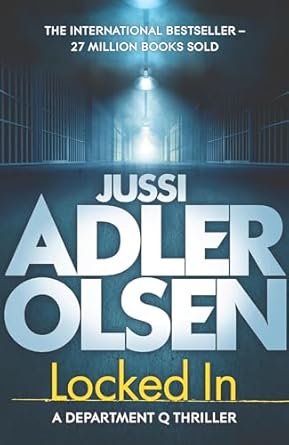P. Nolan’s writing seamlessly blends the atmospheric tension of Nordic Noir with the evocative landscapes and cultural richness of France, creating a unique narrative style that captivates readers. Inspired by iconic crime fiction authors known for their psychological depth and intricate plots, Nolan’s work is characterized by flawed, complex protagonists who navigate morally ambiguous worlds. Suspense and unexpected twists are central to his storytelling, immersing characters in high-stakes, emotionally charged situations where personal and professional struggles intersect.
The haunting landscapes of the French countryside—with its mist-laden mornings, historic architecture, and evocative atmosphere—serve as a constant source of inspiration, amplifying the tension and emotional resonance of his narratives. Nolan’s use of setting and backstory adds a rich layer to his characters, delving into the psychological toll of their pursuits. Themes of human duality, gritty realism, and dark humor run through his work, while a touch of historical intrigue adds depth and complexity. This fusion of influences keeps readers on edge, drawing them into a world where the line between justice and moral compromise is constantly blurred.
Nolan’s narrative style is heavily influenced by the complex storytelling and deeply human characters crafted by iconic crime and thriller writers. Jussi Adler-Olsen has inspired Nolan’s approach to psychologically layered characters and tension-driven plots. In particular, Adler-Olsen’s Department Q series motivates Nolan’s use of flawed protagonists dealing with internal struggles and haunted pasts.
Jo Nesbø, celebrated for The Snowman, shapes Nolan’s portrayal of morally ambiguous anti-heroes who face unpredictable, high-stakes situations. Nolan echoes Nesbø’s use of dark twists and gripping suspense, making his plots fast-paced and filled with surprising turns. Similarly, Søren Sveistrup’s mastery in The Chestnut Man provides inspiration for Nolan’s atmospheric settings, where cold, foreboding landscapes reflect his characters’ psychological complexity and internal turmoil.
The works of Stieg Larsson influence Nolan’s integration of suspenseful investigations that challenge the limits of justice. Nolan adopts Larsson’s technique of balancing thrilling mysteries with compelling characters who navigate complex, often dangerous, societal structures. Henning Mankell lends a contemplative depth, inspiring Nolan to create detectives who are not only crime-solvers but also introspective figures, grappling with philosophical questions about life and justice.
Classic Scandinavian noir authors Maj Sjöwall and Per Wahlöö (Sjöwall & Wahlöö) inspire Nolan’s nuanced exploration of systemic flaws and criminal motivations, while Sarah Blaedel’s empathetic perspective encourages Nolan to add emotional depth, focusing on the personal costs of crime and justice. Peter Høeg, known for Miss Smilla’s Feeling for Snow, influences Nolan’s interest in the intellectual and emotional isolation of his characters, who often wrestle with complex mysteries and deep-seated questions of identity.
Beyond Scandinavian noir, JD Kirk’s dark humor and grounded storytelling add a gritty realism to Nolan’s work, while Steve Berry and Raymond Khoury contribute to Nolan’s interest in weaving historical mysteries into present-day plots. Through their influence, Nolan crafts narratives that keep readers on edge with layered plots, complex characters, and a relentless sense of urgency.






0 Comments